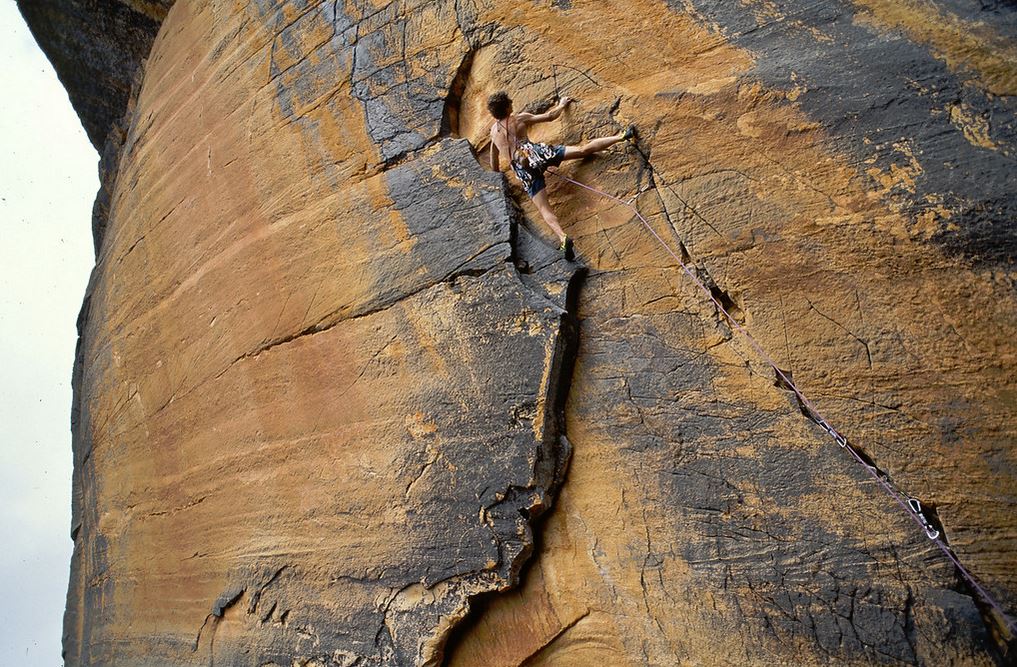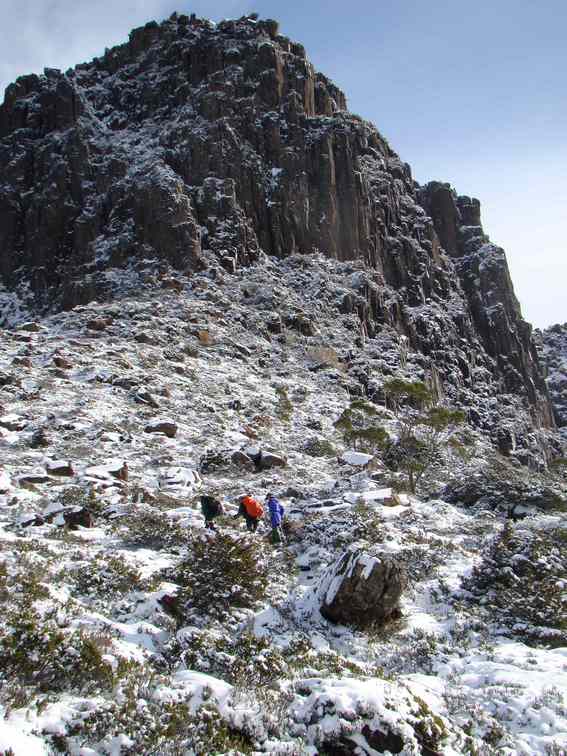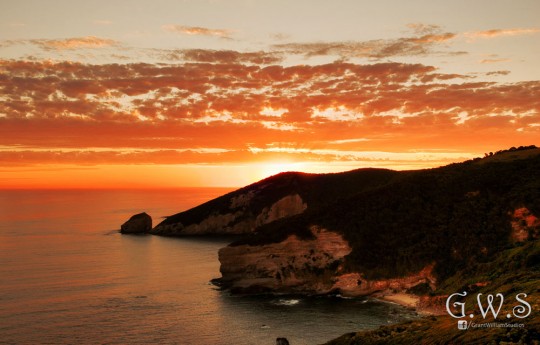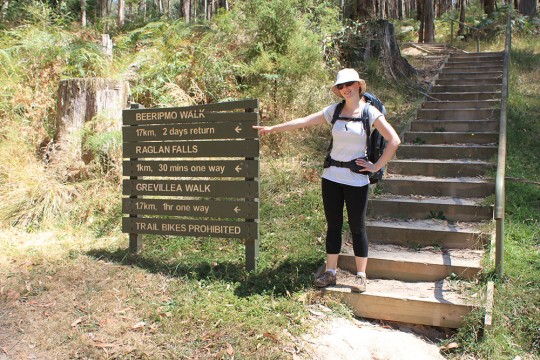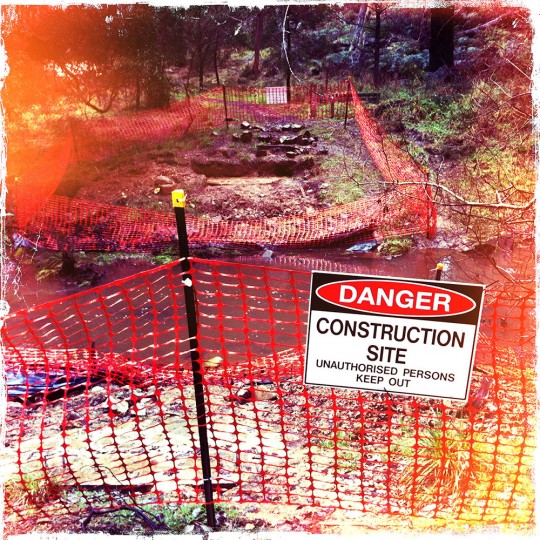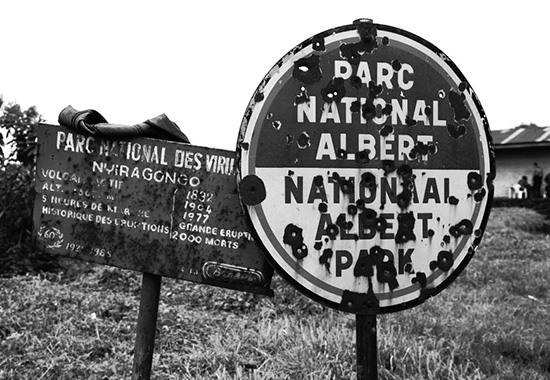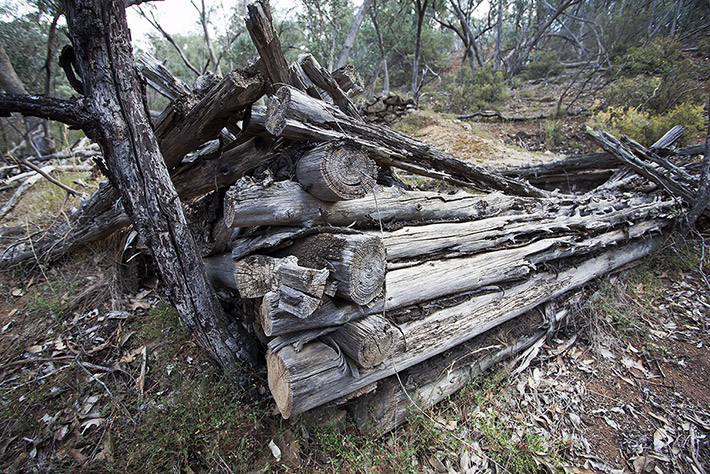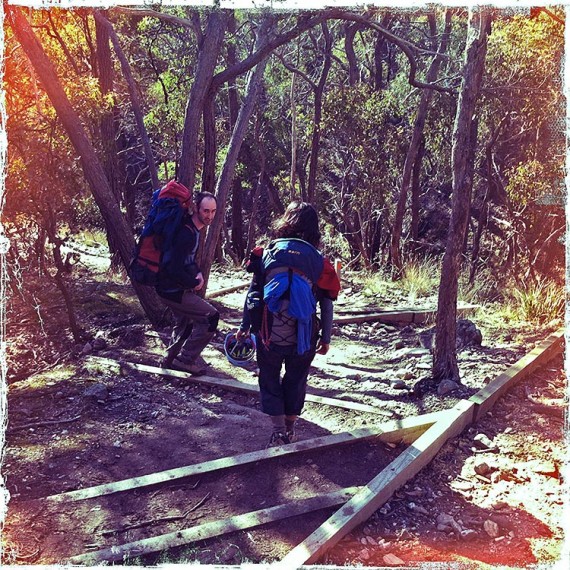To all of our loyal wholesale and retail customers it is with a great deal of regret that Open Spaces Publishing has made the decision to halt work on all of our planned rock climbing and bushwalking titles for the Grampians National Park and at nearby Mt Arapiles. Our business moved to Natimuk in the… Continue reading Parks Victoria Halts New Grampians And Arapiles Guidebooks
Tag: bushwalking
Following the Wombat Poo Trail
Over the years I’ve developed a fascination for wombat poo. Nothing weird, more as a subject matter for my camera as opposed to collecting them for things like making paper with (which is apparently done commercially by some mob down in Tassie!) My native Victoria is home to many thousands of wombats and this amiable… Continue reading Following the Wombat Poo Trail
When Is The Best Time To Walk The Overland Track?
Warwick Sprawson is our guest blogger. He is the author of Overland Track which is available for purchase in our bookshop. Here, he asks the question – “When is the best time to walk the Overland Track?” The ‘best’ season for hiking Tasmania’s Overland Track is as personal as your scroggin mix. Some thrive on… Continue reading When Is The Best Time To Walk The Overland Track?
Australian Alps Walking Track: 4 Days
Ben Spencer is our guest blogger. Day 1: Walhalla to O’Sheas Mill Site (13km) Much dreaming came to fruition when dad and I tackled the first 45km of the Australian Alps Walking Track (AAWT) over the last Melbourne Cup weekend. We met in the historic town of Walhalla and immediately organised a car shuffle with… Continue reading Australian Alps Walking Track: 4 Days
Three Days Along the Great Ocean Walk
Ben Spencer is our guest blogger. Images by Grant Hawkins. Day 1 – Milanesia Beach to Ryans Den With much anticipation we were finally bound for the Great Ocean Walk – a 90km snaking trail along the Victorian coastline from Apollo Bay to The Twelve Apostles. Our crew comprised of my dad and three mates… Continue reading Three Days Along the Great Ocean Walk
Escape to the Beeripmo Walk
Ben Spencer is our guest blogger for this week. The First Day, Up, Up and Up! The luxury of a long weekend presented the ideal opportunity to undertake the Beeripmo Walk – a 21km, two-day hike. Located about an hour’s drive west of Ballarat in the Mt Buangor State Park and Mt Cole State Forest,… Continue reading Escape to the Beeripmo Walk
The Tipperary Track: Trail Update
It was a miserable wet and cold mid-winter’s morning when Karen and I dragged ourselves out of the warmth of a Daylesford Cafe and started out along the Tipperary Track. For the first kilometre or so we debated as to whether this was such a good idea. Maybe we are getting soft but the thought… Continue reading The Tipperary Track: Trail Update
Hunting in our Parks: a Deal with the Devil?
On June 20, 2012, the Feral Animal Control Amendment Bill is to be debated in the NSW Legislative Assembly. This Bill proposes to allow hunters largely unrestricted access to many of the best NSW national parks and reserves. A list of the proposed parks can be found here. If this Bill eventually passes it will… Continue reading Hunting in our Parks: a Deal with the Devil?
Silver Mine Walking Track
The Silver Mine Walking Track is located in the Snowy River National Park, one of Victoria’s most remote and least visited semi-alpine regions. By the time Karen and I parked our vehicle at the start of the walk at McKillops Bridge I had a fairly good idea as why so few people visit this place.… Continue reading Silver Mine Walking Track
Falcons Lookout Trail Improvements
Last December Glenn Tempest wrote a blog (Problems with Falcons Lookout and Ironbark Gorge Carpark) commenting on the awful state of the walkers/climbers trail into Falcons Lookout at Werribee Gorge State Park. This trail is one of the most heavily used in Victoria and can see anything up to 60 people use it a day.… Continue reading Falcons Lookout Trail Improvements
